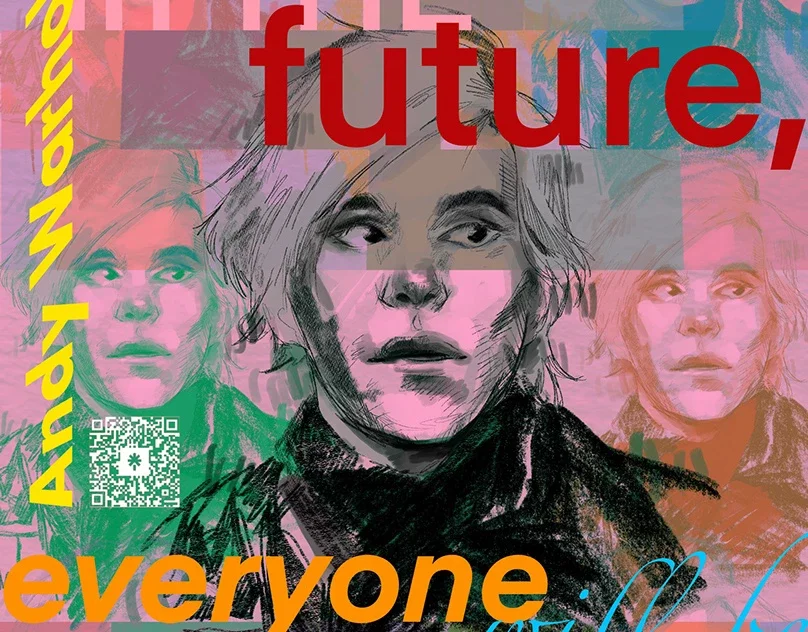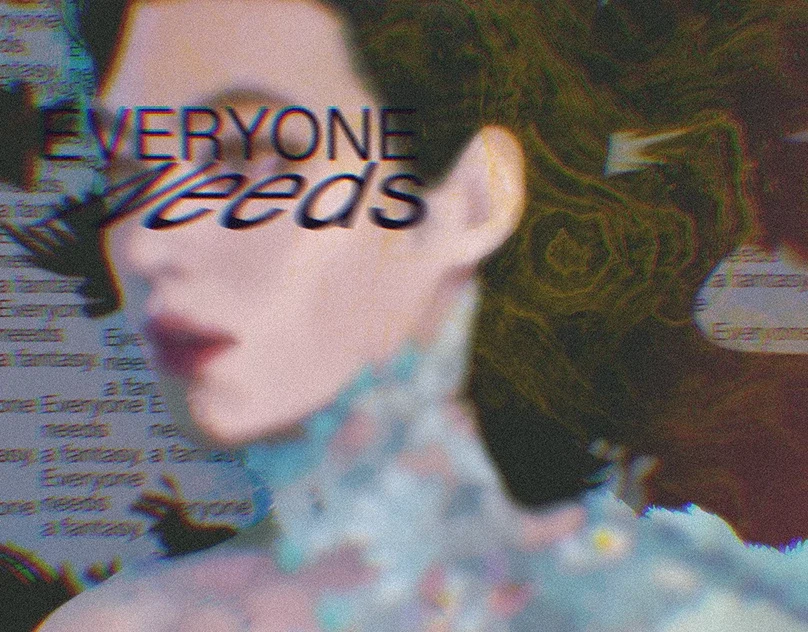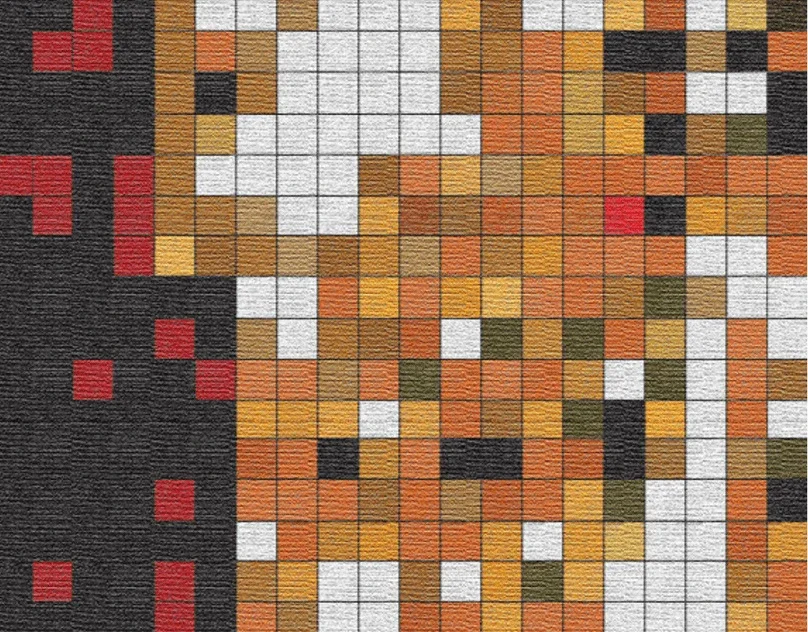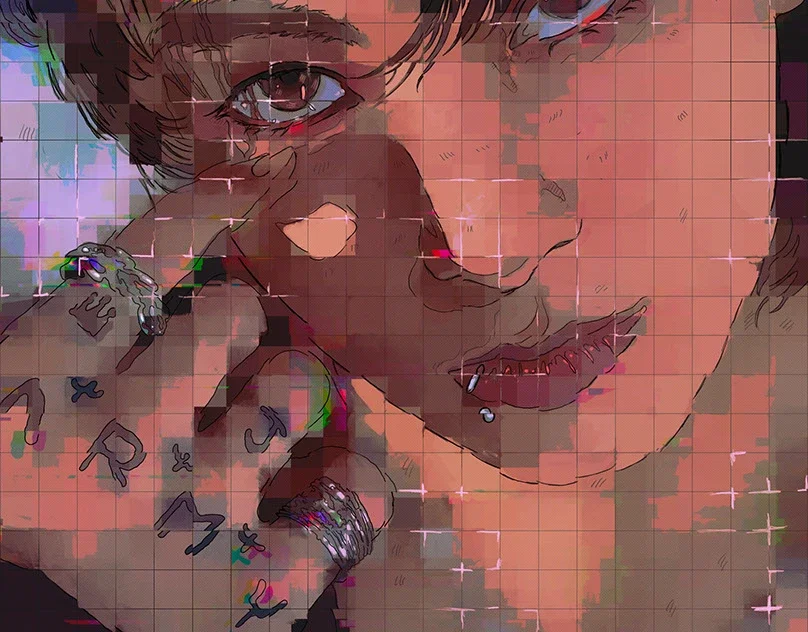Artist spotlight : Emma Laraby
Emma Laraby is an Iraqi American multidisciplinary graphic designer, illustrator, writer, author, educator, and founder of DARAN Magazine. Based in San Diego and Los Angeles, she brings more than eight years of professional experience across editorial design, print and published media, identity systems, and cultural rebranding. She has collaborated with institutions and organizations while maintaining an independent practice committed to design as a tool for storytelling, connection, and impact across disciplines and communities.
Her creative practice is rooted in visual storytelling and cultural preservation, often engaging with themes of mythology, memory, and heritage. She has developed media campaigns for higher education institutions and conducted interviews with leading typographers from the Middle East, weaving cross-cultural perspectives into her design research and authorship. Laraby holds a Bachelor’s degree in Graphic Design from San Diego State University and multiple professional certificates from accredited CSU campuses.
As founder of DARAN Magazine, Laraby has built a platform dedicated to amplifying Iraqi and Arab creativity, giving visibility to underrepresented voices while cultivating dialogue across borders and diasporas. This initiative reflects her broader vision of design as both cultural stewardship and social activism.
An active member of AIGA (American Institute of Graphic Arts), she has served as a speaker, event organizer, and community connector, working to bridge the gap between academic, professional, and cultural design spaces. Her work has been exhibited in galleries throughout the San Diego region and continues to evolve at the intersection of design, narrative, and cultural identity.. You can see her portfolio and learn more about her work on her website, www.emmalaraby.design
Exploring 2D and 3D Colorful Letterforms 'emma'.
What initially inspired you to become an artist, and how did you develop your unique style?
I don’t think anything inspired me to become an artist. It was something that was already in me. I’ve always found myself holding a pen or pencil and drawing. If I didn’t have tools, I would create with whatever I could find. Art was my escape. As an immigrant who moved a lot, who loved and missed their country, art became my voice when I didn’t have one. Over the years, I developed my style naturally. I started with traditional work, then moved into digital. Eventually, I blended the two. Studying graphic design helped me refine my perspective and taught me how to harness both disciplines in a way that felt personal and true.
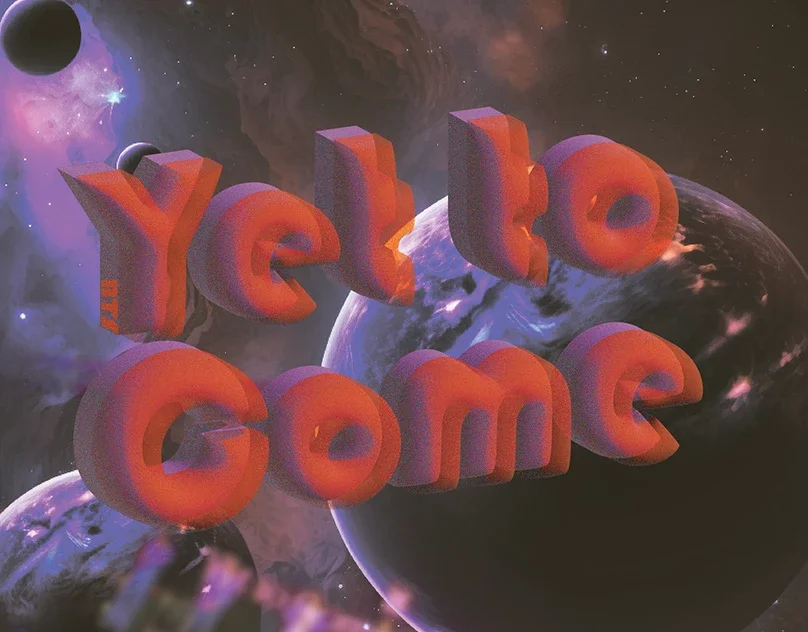
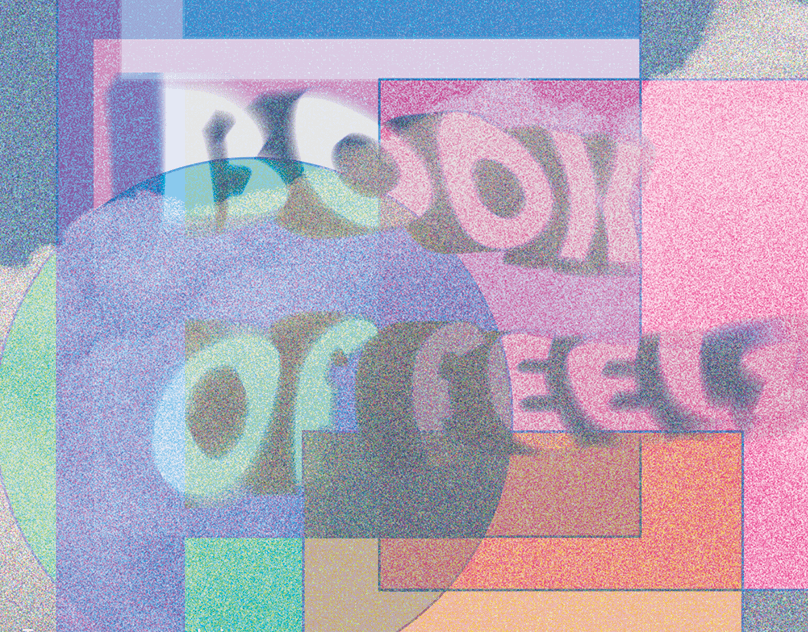
Do you have any rituals or routines that help you get into a creative mindset when starting a new project?
I don’t follow a specific ritual. For me, creating comes from a feeling. It’s not something I prepare for or wait to be inspired by. When I feel something deeply, I just create. That urge is the ritual. Sometimes music helps me tap into that space, but the real trigger is emotion. It’s not about waiting for a perfect moment. When something moves me, I begin.
How do you incorporate feedback from critics and audiences into your artistic practice,and how do you balance this feedback with your own artistic intuition?
I take feedback as reflection, not as a rule. I listen and appreciate it, but I don’t let it silence my voice. If the feedback feels respectful and constructive, I consider it. But if it crosses into something personal or dismissive, I remind myself that art isn’t about perfection. It’s about feeling and truth. I trust my intuition and create from that space, while staying open to growth.
How do you feel about exhibiting your artworks with The Holy Art Gallery?
Exhibiting with The Holy Art Gallery came at a time when I was standing at a personal and creative crossroads, navigating questions of identity and belonging as diasporic Iraqi American. This exhibition allowed me to reaffirm my voice as an artist and shed light on the struggles and resilience carried through cultural identity. One of the pieces I included was created years ago, and seeing it finally receive the recognition it deserved felt deeply significant. It marked not only a milestone in my artistic journey but also a moment of healing, affirmation, and visibility for the narratives I represent.
Looking ahead, what are your long-term goals and aspirations as an artist, and how do you plan to achieve them?
I want to open my own studio. I want to teach art and design. I want to help others find their voice like I found mine. I plan to achieve this by reaching out to institutions, by collaborating, by continuing to show my work and tell my story. I won’t stop until I build the space I’ve always dreamed of.
What role does emotion play in your creative process, and how do you aim to evoke specific feelings or reactions from those who view your artworks?
Emotion is the beginning of every piece I create. My art comes from deep places. From memories. From things I’ve tried to forget. And I believe we all carry those hidden parts. I hope my art gives people permission to feel. To remember. To connect. It’s not just about my story. It’s about our story as human beings. My work is about detachment, displacement, being unseen while screaming to be understood. I want people to see their own reflection in my work. Their own color, voice, and soul.



